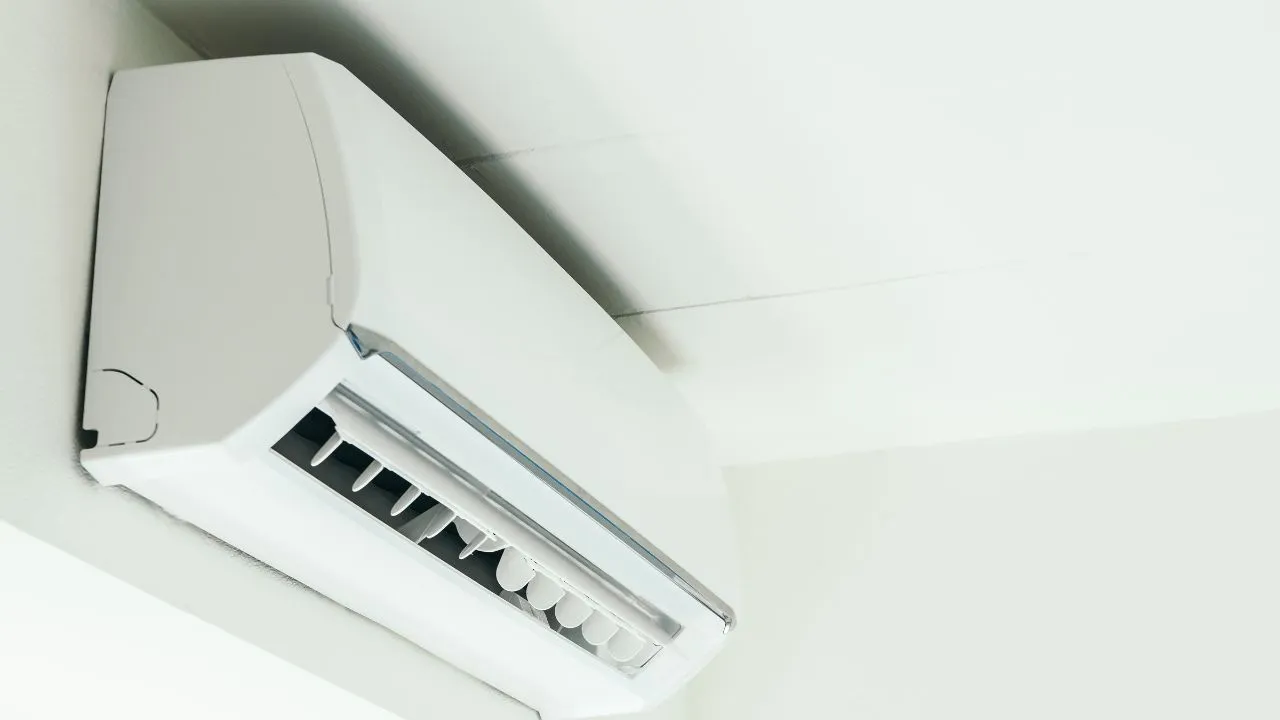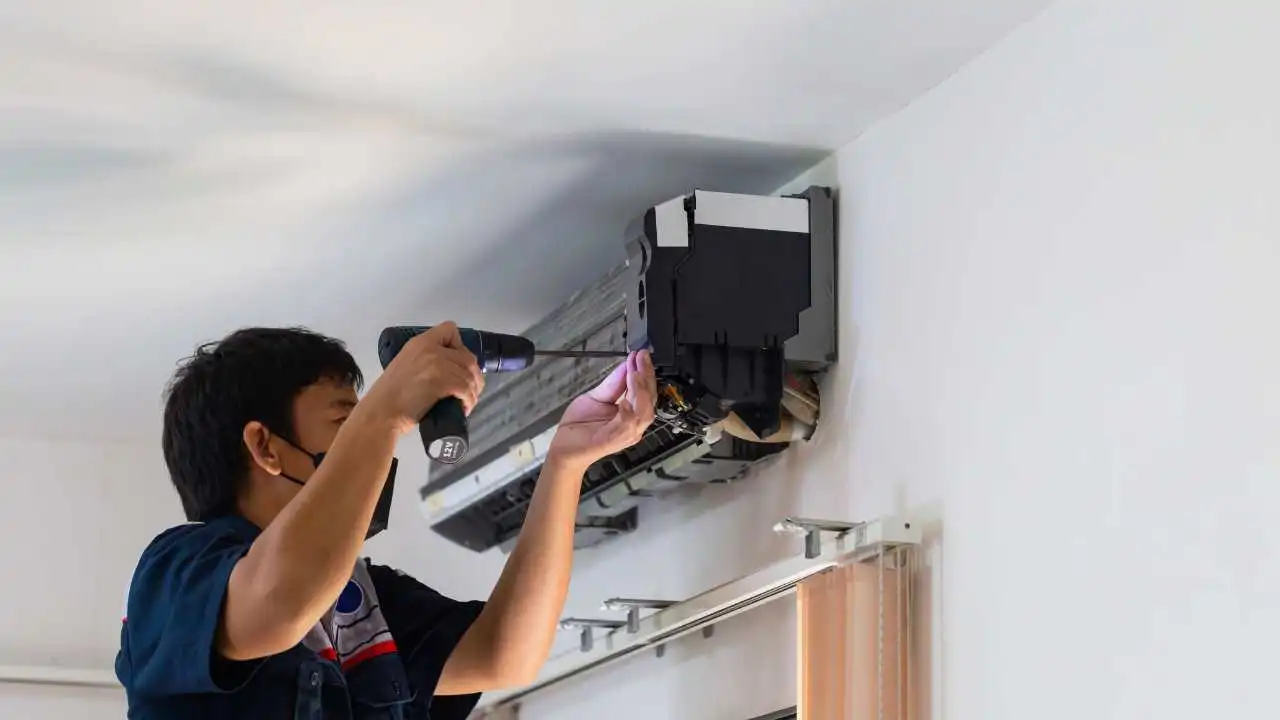Why Are My AC Vents Dripping? Causes of Condensation and How to Stop It

Have you ever noticed water droplets or moisture forming on your AC vents during hot summer days? This phenomenon is called condensation, and it occurs when warm, humid air comes into contact with the cold surface of your air conditioning vents. While a little bit of condensation might seem normal, excessive moisture can signal underlying problems with your AC system.
Causes of Condensation on AC Vents
Here are the most common reasons why you might see condensation on your AC vents:
- High Humidity Levels: Humidity is the primary culprit. When the air in your home is too humid, the excess moisture condenses on cold surfaces like AC vents.
- Improperly Insulated Ducts: If your AC ducts aren’t properly insulated, warm outside air can seep in, causing condensation when it comes into contact with the cooler air inside the vents.
- Dirty Air Filters: Clogged air filters restrict airflow through your AC system. This can cause the evaporator coils to become too cold, leading to condensation and even ice buildup.
- Low Refrigerant Levels: If your AC system is low on refrigerant, the evaporator coil can become abnormally cold, making it more prone to condensation.
- Clogged Drain Line: Your AC unit has a drain line meant to carry away condensation. A clog in this line can force water to back up and leak or cause excess moisture on your vents.
Potential Problems Caused by Condensation
While minor condensation may be harmless, persistent issues can lead to:
- Mold and Mildew Growth: Condensation provides the perfect breeding ground for mold and mildew, which can pose health hazards.
- Water Damage: Excessive condensation can drip onto floors, walls, and ceilings, causing water damage over time.
- Decreased AC Efficiency: Condensation on AC components can hinder your system’s efficiency, leading to higher energy bills.
How to Fix Condensation Issues
Here are some easy steps to take:
- Manage Humidity: Use a dehumidifier to lower the humidity levels in your home. Aim for a relative humidity between 30-50%.
- Check Insulation: Inspect your ducts for gaps, cracks, or inadequate insulation. Repair or replace insulation as needed.
- Change Air Filters: Replace your AC’s air filters regularly (typically every 1-3 months) to ensure proper airflow.
- Clean the Drain Line: Flush your AC unit’s drain line with a mixture of bleach and water to clear any clogs.
- Call an HVAC Professional: If the above steps don’t solve the problem, contact an HVAC technician to check for refrigerant leaks, more serious ductwork issues, or other potential problems within your system.
Important Note: In areas with high humidity, some condensation on AC vents may be unavoidable. However, addressing the causes listed above will help minimize the problem and prevent bigger issues.
By understanding the causes of AC vent condensation and implementing these simple solutions, you’ll maintain a healthier home environment and ensure your air conditioning system operates at its best!


Split AC vs Window AC: Which One is Right for You?
Staying cool and comfortable during scorching summers is essential. Air conditioners (ACs) have become a…

5 Common Air Conditioning ( AC ) Issues & How to Fix Them
Las Vegas is synonymous with sizzling temperatures, and a trusty air conditioner is your oasis…



 ICONIER Digital Agency
ICONIER Digital Agency